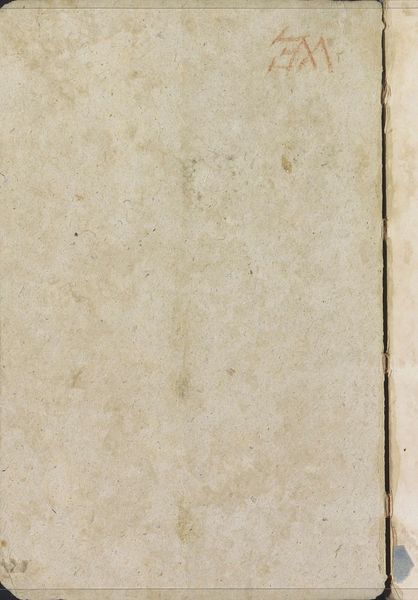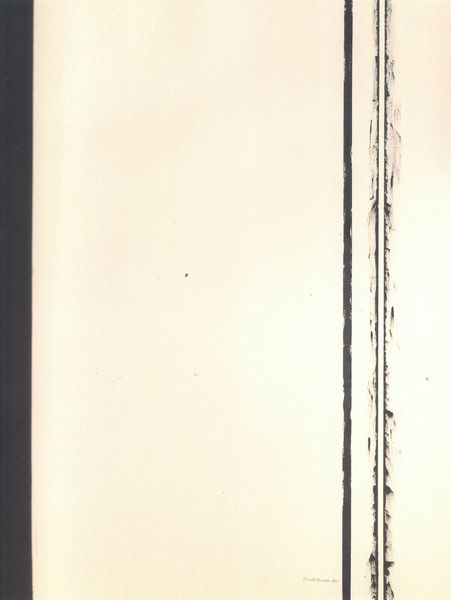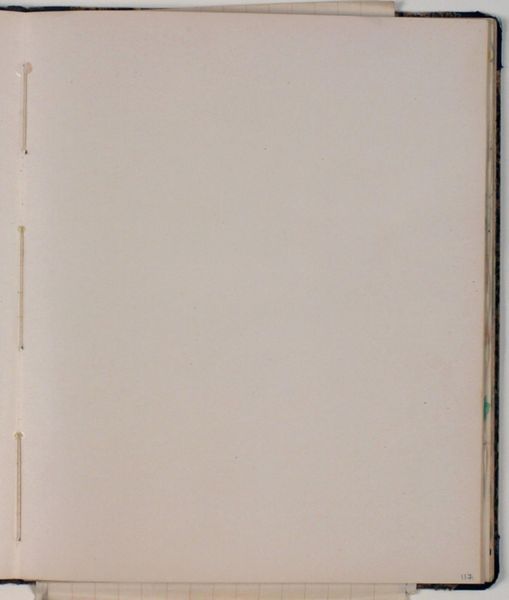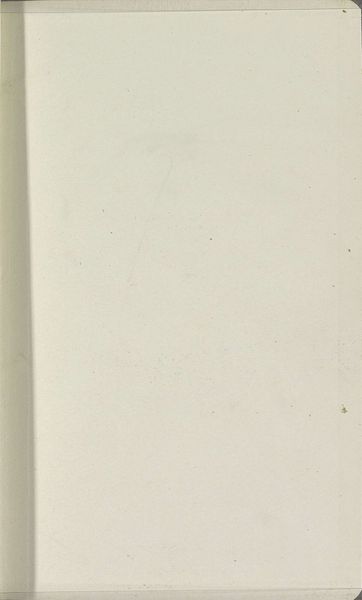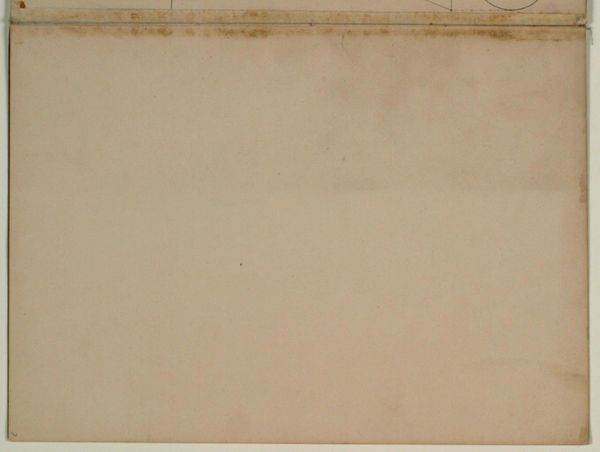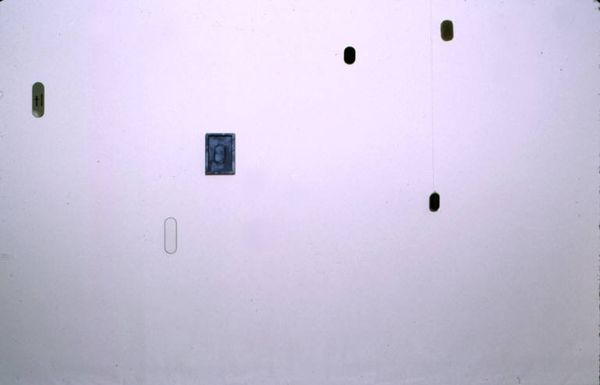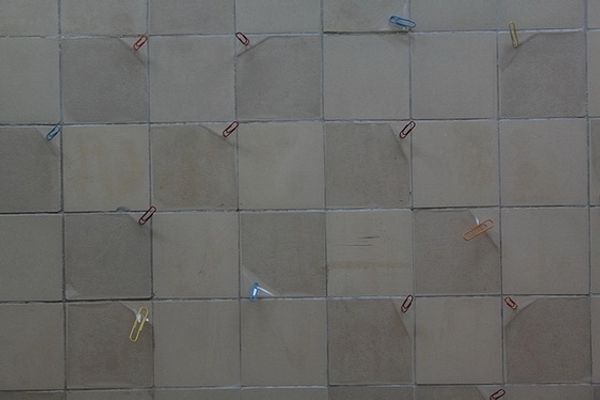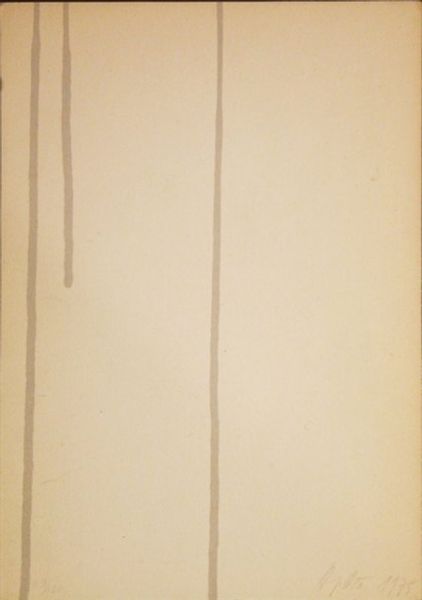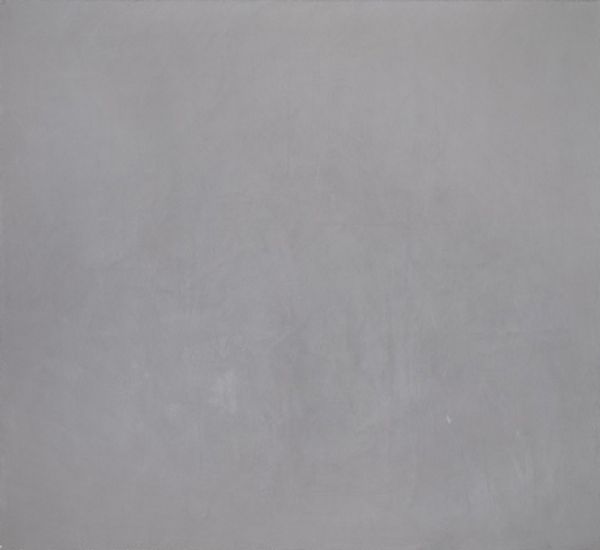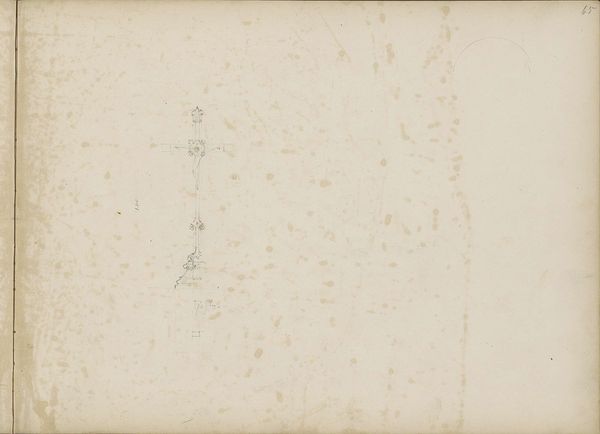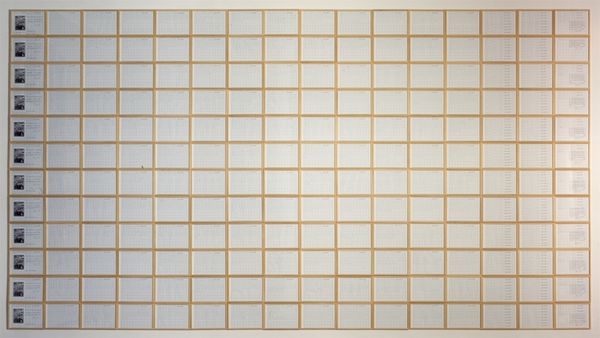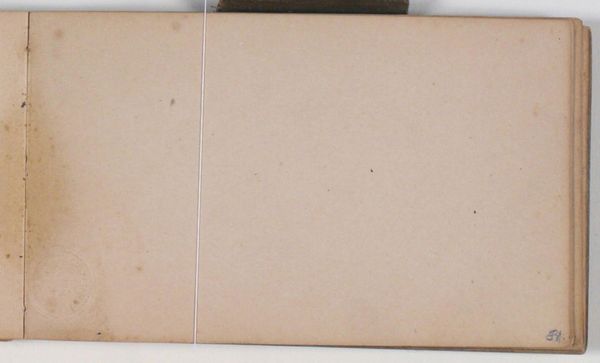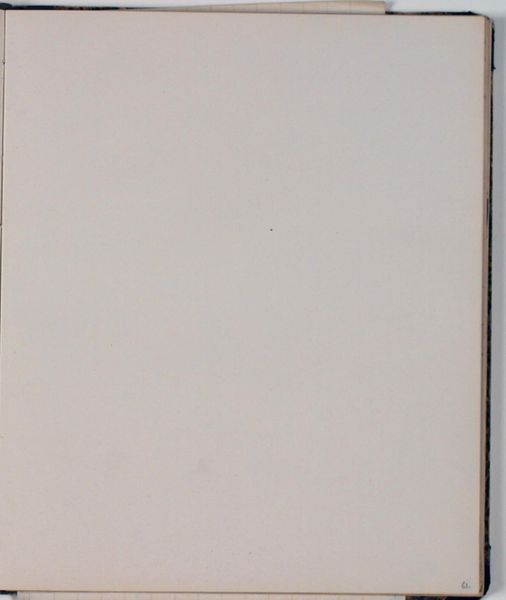
Copyright: Pat Lipsky,Fair Use
Curator: Pat Lipsky’s “For Leslie,” painted in 1974, employs acrylic on canvas in a style that marries geometric abstraction with color field painting. It’s incredibly subtle, almost a whisper on the wall. What are your first impressions? Editor: My immediate thought goes to tiling, like bathroom or kitchen tiles. The repetition and those delicate, barely-there variations in tone—it speaks of mass-produced units, each striving for uniformity but inherently unique due to the hands and the process involved. Curator: That’s fascinating because, at first glance, it does appear almost coldly systematic. But when you spend time with it, you start to feel the artist's hand. Lipsky uses the grid, but not as a rigid cage. It's more of a gentle structure holding these luminous fields of color. It feels quite lyrical to me, a kind of restrained joy. Editor: I agree, there’s a tension. The grid promises order, efficiency, a factory aesthetic. But the visible brushstrokes, the slight inconsistencies in the paint application—these resist that interpretation. It asks: what kind of labor went into making this? What kind of brush, what was the viscosity of the acrylic paint? I see the physical effort. Curator: And thinking about "For Leslie," the title, it’s obviously a dedication. What does this grid mean in the context of a personal relationship? Is it a foundation? Are those shimmering, ever-so-slightly-different squares representing different memories, different moments? Or maybe just a kind of shared visual language? I love not quite knowing, lingering in the liminal spaces of the interpretation. Editor: I see a negotiation. Maybe "Leslie" also was somebody who worked and loved tile or building and repetitive labor? How those constraints affect the final design? These constraints produce a harmony through those limitations and small interventions that fight to come up for air within this ordered logic. Curator: So beautifully put. I think, in the end, it becomes a meditation on the beauty and the tension inherent in repetition, and order and a system where the artist can challenge it by breaking the expected rigid patterns and inject some life. Editor: A pattern which invites viewers to seek some imperfections and breaks, as in daily life, and question the means of its production to truly contemplate and grasp how it came to existence and tell a silent story about the production's process and constraints.
Comments
No comments
Be the first to comment and join the conversation on the ultimate creative platform.
